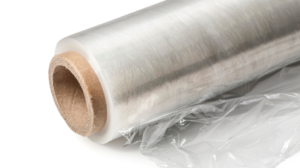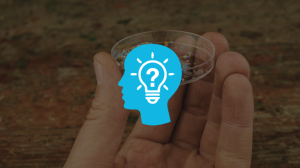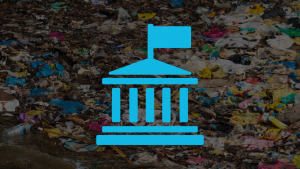- Policy
- Government
- Facts & Stats
- Plastic Pollution
- National
- International
Sources of microplastic pollution to the marine environment
This Norwegian study looks at identifiable sources of microplastics, and how they contribute to pollution in the marine environment.
Authors -Peter Sundt, Per-Erik Schulze, Frode Syversen
General Summary
Microplastic is plastic fragments smaller than 5 millimeters. These are fairly recently discovered in high and increasing concentrations in the ocean, and there is a large international focus on identifying their sources and fate in the sea.
Mepex have made an initial assessment of potential sources to micro-plastic pollution of the marine environment for the Norwegian Environment Agency. Through review of international literature and further studies in Norway we have identified microplastic emissions both from the production, use, maintenance and disposal of plastic-containing products.
Total volume of Norwegian annual emissions from primary sources is estimated at approximately 8.000 tonnes of microplastics (1.6kg per capita), a significant proportion of which are considered to have the potential to reach water bodies and the ocean. Some of this is also released directly into the sea.
Abrasion from tires and roadmarking accounting for the formation of about 5000 tonnes per year is the largest source. This estimate is based on reliable information. Associated with more uncertainty are the volumes of the estimated second-largest emissions category, dust and particles from plastic based paint when applied, weathered or maintained both on buildings, structures, ships and yachts. Robust information from the industries regarding paint use in Norway, plastic content, and wear rate of the products is lacking. A rough estimate based on emission factors from OECD estimates developed by international experts in the industry suggests the potential for emissions of ≈1000 tonnes considered plastic alone (other auxiliary substances in the product were subtracted). City stormwater effluent and road runoff could be a major pathway for microplastics.
Furthermore, we have identified potential emissions both during plastic production (over 400 tonnes) and various types of waste treatment that may involve plastic (over 500 tonnes). Direct use of micro plastic particles in consumer products, especially body care and cosmetics, are a significant source of emissions via wastewater (≈40 tonnes) but emissions of plastic fibers from washing synthetic fabrics is an order of magnitude higher (at worst ≈1000 tonnes down the drain). These plastic fibers are also spread via indoor air and house dust. In indoor dust there will also be plastic particles from household surfaces and plastic objects. The finer particles are particularly likey to reach the sea via sewage or via air.
There is little knowledge from most industry sources contacted about whether their activities could result in microplastic discharge or not, and to what extent their emission control treatments capture microplastic. There is similarly a lack of knowledge regarding emissions of macroplastic, i.e. large plastic trash into Norwegian waters, which could degrade and fragment into microplastics.
We have not found any existing estimates of the Norwegian plastic pollution of the sea, but estimates based on international knowledge adapted to Norwegian conditions may be in the range of 10,000-20,000 tonnes annually. Of this, important single sources of plastic waste are: recreational activities both on land and at sea, loss and dumping of plastic from the fishing, shipping and aquaculture industries, as well as sewage and stormwater related pollution episodes. Input from long-range transport and mass balance for marine macrolitter.
is difficult to establish. There is not enough knowledge about how fast plastic trash degrades into microplastics, although studies suggest that on beaches with a lot of sun exposure and wear, defragmentation may be in the range of 1-5% of the standing stock of macroplastic, by weight, annually. It is therefore not possible yet to estimate the contribution from macrolitter to Norwegian emissions of microplastic other than to say that it most likely is substantial.
The main conclusion is that both direct emissions of microplastic, and pollution with plastic waste which in turn fragments into microplastics, are both significant Norwegian sources of microplastic pollution to the ocean. The sources identified add a tremendous amount of microplastic particles in a wide range of sizes and of many different plastic types to the sea.



